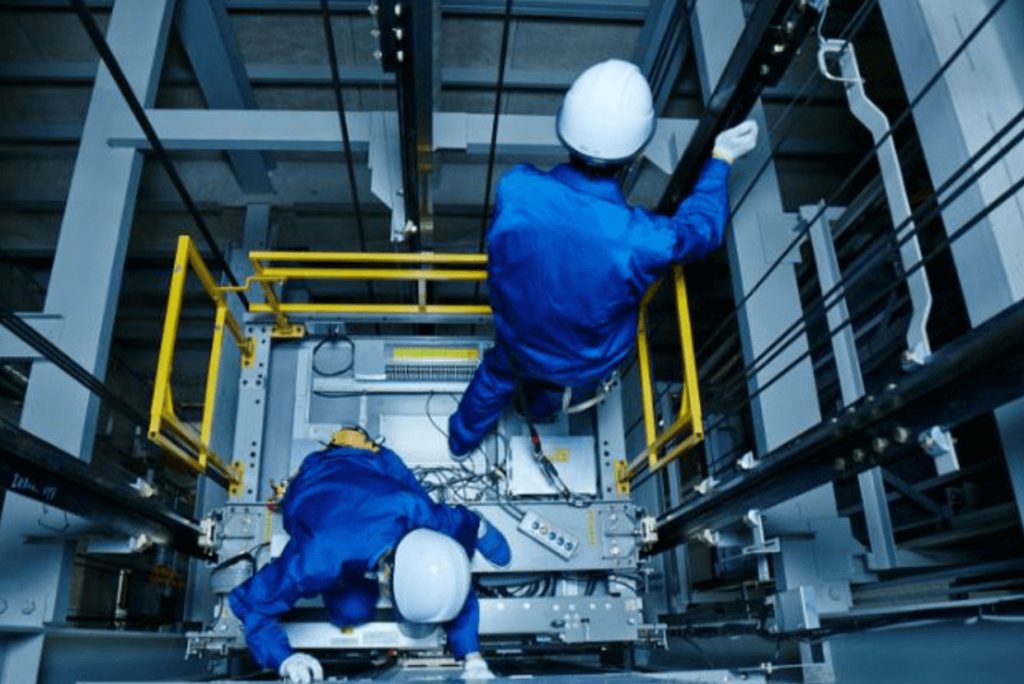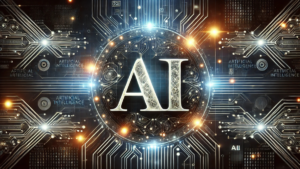
1. Introduction
Elevator maintenance plays a crucial role in ensuring the safety, reliability, and smooth functioning of vertical transportation systems in buildings. From routine inspections to preventive measures, this comprehensive guide covers essential aspects of elevator maintenance.
2. Elevator Maintenance: The Basics
Elevator maintenance encompasses a range of tasks aimed at keeping elevators operational and safe for passengers. Regular inspections, lubrication of moving parts, and testing safety features are fundamental aspects of maintenance routines.
safe, efficient vertical transportation. By prioritizing regular inspections, addressing wear and tear, and embracing modernization, building owners can optimize elevator performance and enhance passenger safety.
3. Understanding Elevator Components
To grasp the complexity of elevator maintenance, one must understand its key components. The elevator car, hoistway, control system, safety devices such as door interlocks and overspeed governors, and electrical components like motors and controllers all play vital roles. Regular maintenance of these components ensures not only smooth operation but also minimizes the risk of malfunctions and accidents.
4. Importance of Regular Inspections
Regular inspections are the cornerstone of effective elevator maintenance. They are typically conducted monthly, quarterly, and annually, depending on the elevator’s usage and regulatory requirements. These inspections involve a thorough examination of mechanical, electrical, and safety systems to detect issues early and prevent potential breakdowns.
5. Common Maintenance Tasks
Routine maintenance tasks are essential for the longevity and safety of elevators. These tasks include cleaning and lubricating moving parts to reduce friction and wear, adjusting door mechanisms for smooth operation, and testing emergency systems to ensure they function correctly during critical situations.
6. Addressing Wear and Tear
Elevators experience wear and tear over time due to constant use. Maintenance professionals address these issues by replacing worn-out components such as elevator ropes, bearings, and sheaves. They also adjust tension in cables, align elevator cars, and fine-tune mechanical systems to restore optimal performance.
7. Elevator Modernization
Modernizing elevators involves upgrading outdated components with advanced technologies to improve efficiency, safety, and energy conservation. This may include installing destination dispatch systems, regenerative drives, and energy-efficient lighting. Modernization not only enhances performance but also extends the elevator’s lifespan and reduces operating costs.
8. Ensuring Compliance and Safety
Compliance with industry standards and regulations is non-negotiable in elevator maintenance. Elevators must undergo periodic audits, compliance checks, and safety assessments to ensure they meet safety codes and standards. Regular maintenance and inspections contribute significantly to passenger safety and legal compliance.
9. Importance of Professional Maintenance Services
While basic maintenance tasks can be performed by building maintenance staff, hiring professional elevator maintenance services is crucial for comprehensive upkeep. Experienced technicians have the expertise to identify potential issues, perform complex repairs, and conduct preventive maintenance effectively. They also stay updated with industry advancements and safety standards.
10. FAQs about Elevator Maintenance
- How often should elevators undergo maintenance checks?
- What are the common signs of elevator malfunctions?
- Is elevator maintenance mandatory for all buildings?
- How can building owners reduce elevator downtime?
- What safety measures should passengers follow during maintenance?
- Can elevator maintenance help improve energy efficiency?
11. Conclusion
In conclusion, elevator maintenance is a multifaceted process that goes beyond mere repairs. It’s about proactive care, regular inspections, and staying compliant with safety standards. By prioritizing maintenance, addressing wear and tear, embracing modernization, and seeking professional services, building owners can ensure smooth operations, enhance safety, and prolong the lifespan of their elevators.





